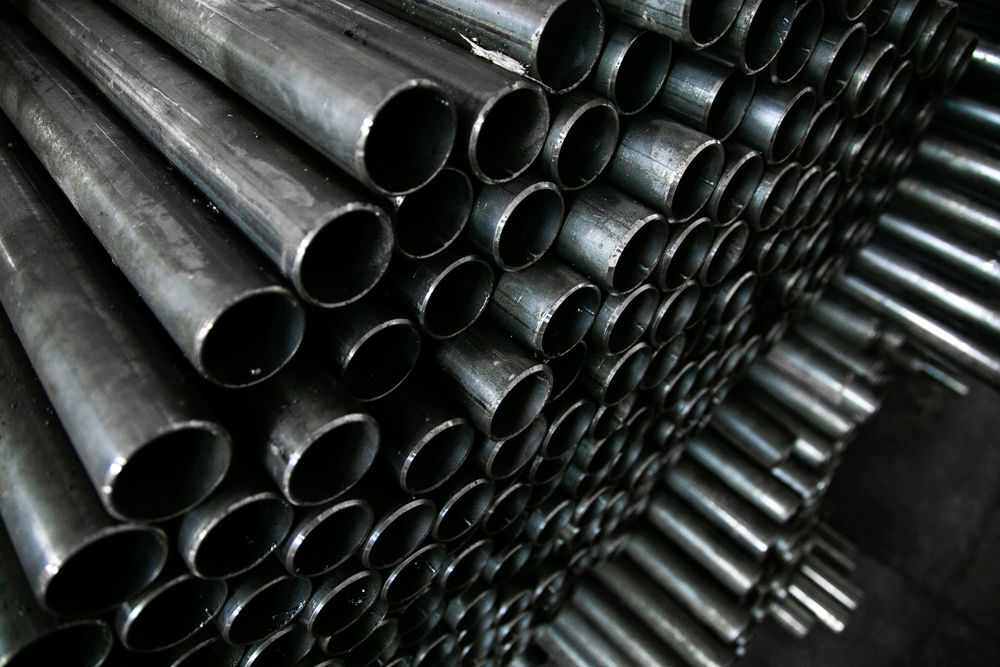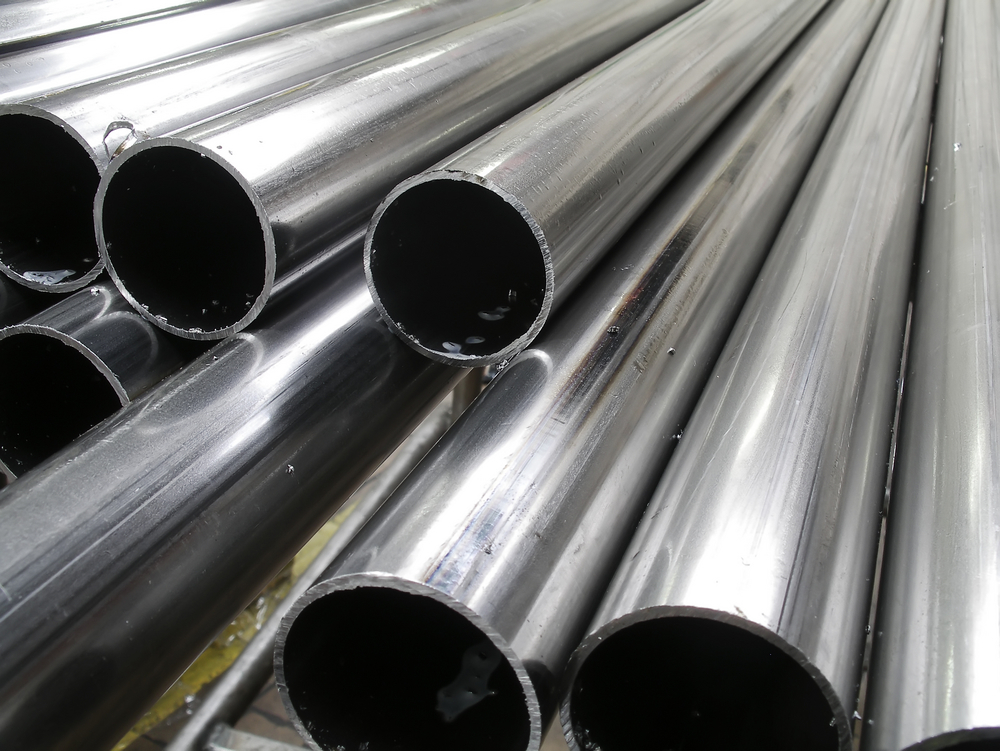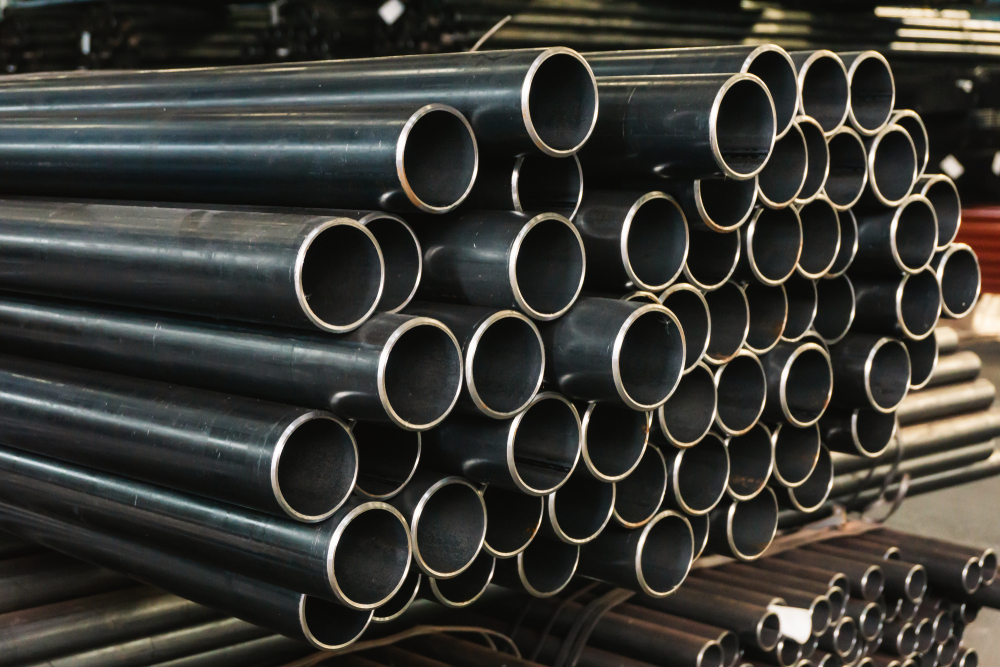1-Steel Spotlight: Understanding trends of Loha Price in Pakistan for Smart Investments
2- Loha Price in Pakistan: Trends
Historical Overview of Loha Prices
To make informed investment decisions in the steel industry, it’s crucial to look into the historical trends of Loha price in Pakistan. By studying past fluctuations, investors gain valuable insights into the factors that have shaped the market. Historical analysis involves examining significant price shifts, understanding the causes behind them, and identifying recurring patterns. This retrospective view helps in anticipating potential future trends and risks.

Recent Trends and Patterns in the Pakistani Loha Market
Recent trends provide a snapshot of the current state of the Loha price in Pakistan. Investors benefit from staying aware of the latest price movements and understanding the factors influencing these trends. By closely monitoring short-term patterns, investors can identify the market influencers that impact Loha prices. This real-time awareness enables them to adapt quickly to changing market conditions and make timely investment decisions.
Factors Influencing Fluctuations in Loha Prices
The volatility of Loha price in Pakistan is influenced by a myriad of factors. Understanding these factors is essential for investors seeking to navigate the complexities of the steel market in Pakistan. Economic factors such as demand, inflation, and global events play a significant role. Additionally, seasonal influences and regional dynamics contribute to the fluctuations of Loha price in Pakistan. By comprehending these multifaceted influences, investors are better equipped to anticipate and respond to changes in Loha costs.
3-Current State of the Steel Industry in Pakistan:
Key Players and Steel Producers
In assessing the current state of the steel industry in Pakistan, recognizing the key players and major producers is fundamental. These industry leaders significantly influence market dynamics, including Loha price in Pakistan. Investors benefit from understanding the market share and production capacities of major players, providing insights into the overall competitiveness of the industry.
Role of Loha in the Overall Steel Market
Loha, as a specific type of steel, holds a distinct position in the broader steel market. Investors must comprehend the role Loha plays in different industries and its share within the steel market. Recognizing the applications of Loha in construction, manufacturing, and other sectors allows investors to gauge its significance and potential for growth or contraction.
Market Dynamics Shaping Loha Price Trends
Investors need to be attuned to the ongoing market dynamics that directly impact Loha price in Pakistan. Supply chain dynamics, technological advancements, and shifts in consumer preferences all contribute to market changes. Understanding these dynamics equips investors with the knowledge necessary to anticipate market shifts and make strategic investment decisions aligned with the prevailing trends.

4-Economic Factors Influencing Loha Price in Pakistan:
Impact of Economic Conditions on Loha Demand
The demand for Loha is intricately linked to the economic conditions prevailing in Pakistan. During periods of economic growth, construction and manufacturing sectors thrive, leading to an increased demand for Loha. Conversely, economic downturns may result in reduced construction projects and manufacturing activities, impacting the demand for Loha. Investors keen on understanding Loha price in Pakistan movements must closely monitor the economic indicators that reflect the overall health of the country’s economy.
Exchange Rates and Their Effect on Loha Imports
Exchange rates play a pivotal role in shaping Loha price in Pakistan, especially concerning imports. Fluctuations in currency values can impact the cost of importing Loha. For investors, keeping a watchful eye on exchange rate movements is essential to anticipate potential shifts in Loha price in Pakistan. Currency devaluation, for instance, may increase the cost of Loha imports, affecting its overall market price.
Inflation and Its Role in Loha Pricing
Inflation is a significant factor influencing the Loha price in Pakistan. As inflation rates rise, the cost of raw materials, production, and transportation also increases. This inflationary pressure can contribute to an uptick in Loha prices. Investors should consider inflation as a crucial economic indicator when analyzing the potential trajectory of Loha prices.
5-Global Influences on Loha Prices in Pakistan:
International Steel Market Trends
Loha price in Pakistan are not isolated from global steel market trends. Changes in demand and supply at the international level can have a direct impact on Loha prices locally. For investors, staying informed about trends in the broader international steel market provides valuable insights into potential shifts in Loha prices within Pakistan.
Trade Agreements and Their Impact on Loha Imports
Trade agreements play a vital role in shaping the import landscape of Loha. Changes in trade policies, tariffs, and agreements can affect the cost of importing Loha into Pakistan. Investors should be aware of ongoing trade negotiations and agreements that may influence Loha imports and subsequently impact its pricing in the local market.
Geopolitical Events and Their Ripple Effect on Loha Prices
Geopolitical events, such as conflicts or trade disputes, can create ripples across the global steel market, influencing Loha prices in Pakistan. Investors need to be attuned to geopolitical developments that may have indirect yet significant effects on Loha pricing. Being proactive in assessing these events enables investors to make informed decisions.
Seasonal and Regional Variations
Identifying Seasonal Patterns in Loha Prices
Seasonal patterns can impact Loha prices, with certain times of the year experiencing increased demand. For instance, construction projects may peak during specific seasons, affecting the demand for Loha. Recognizing these seasonal patterns allows investors to anticipate fluctuations and adjust their investment strategies accordingly.
Regional Disparities in Loha Costs Across Pakistan
Loha prices can vary regionally within Pakistan due to differences in demand, logistical considerations, and local market dynamics. Investors should be aware of these regional disparities to tailor their investment strategies based on the specific characteristics of different areas within the country.
Local Demand and Its Role in Regional Price Variations
Local demand is a key driver of regional price variations. Understanding the demand dynamics in different regions of Pakistan allows investors to identify lucrative opportunities and potential challenges. By aligning investments with local demand patterns, investors can optimize their returns.

6-Strategies for Smart Investments in Loha:
Timing Investments Based on Historical Trends
Analyzing historical trends in Loha prices aids investors in timing their investments effectively. By identifying patterns and cycles, investors can make strategic decisions, optimizing their entry and exit points to maximize returns.
Considering Economic Indicators for Informed Decision-Making
Economic indicators, such as GDP growth, industrial production, and consumer spending, provide valuable insights for informed decision-making. Investors should integrate these indicators into their analyses to gauge the economic environment influencing Loha prices.
Risk Management and Diversification in Loha Investments
Given the inherent uncertainties in the steel market, effective risk management is crucial. Diversifying investments across different sectors within the steel industry and incorporating risk mitigation strategies help investors navigate the dynamic nature of Loha prices.
Frequently Asked Questions
Why do Loha prices change?
A: Loha prices can change due to factors like economic conditions, global market trends, and local demand, causing fluctuations over time.
How does the economy affect Loha prices?
Economic conditions, such as growth or downturns, impact construction and manufacturing, influencing the demand for Loha and, consequently, its prices.
Do global events affect Loha prices in Pakistan?
Yes, events like international steel market trends, trade agreements, and geopolitical shifts can have a ripple effect, influencing Loha prices locally.
Are there specific times when Loha prices tend to rise or fall?
Seasonal patterns can affect Loha prices, with increased demand during certain times. Regional variations also play a role in pricing dynamics.
How can investors make smart decisions in the Loha market?
Investors can make informed decisions by studying historical trends, considering economic indicators, diversifying investments, and staying updated with expert opinions and forecasts.

We have the best quality steel pipes. and we hope you have the best experience if you take our products.
© 2024 Mehboob Steel Traders. All rights reserved.
